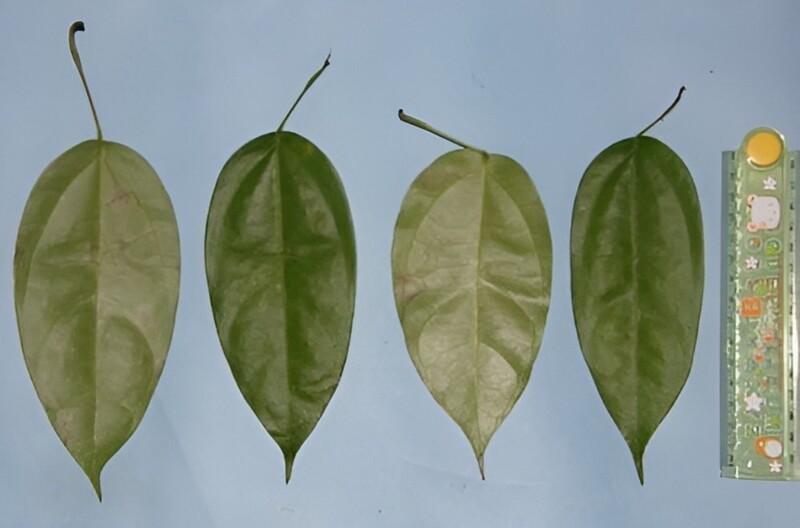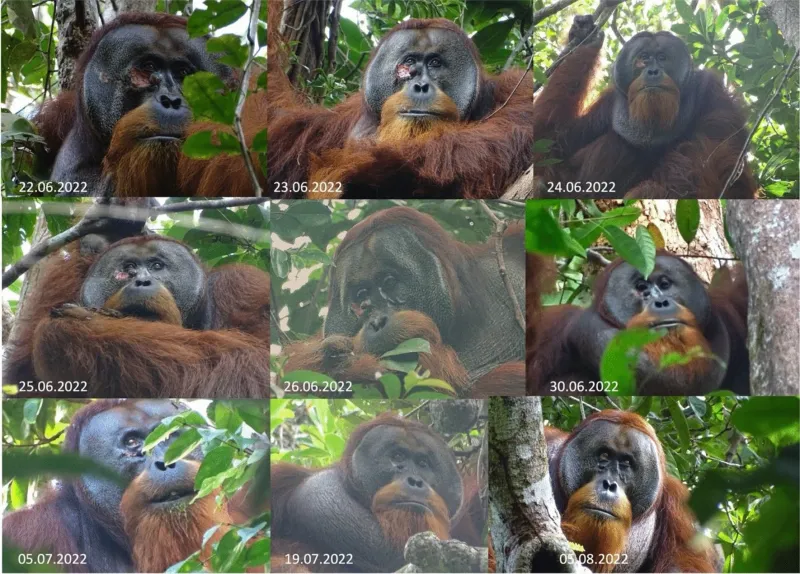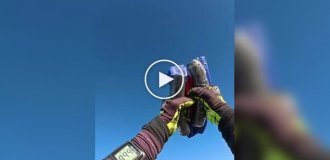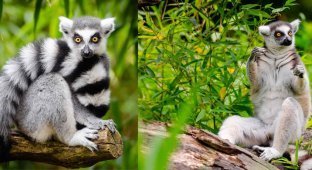Wild orangutan proved that primates can be treated with herbal medicine (3 photos + 1 video)
Scientists were already aware that higher primates collect medicinal herbs in their natural habitat, but that gorgeous monkey proved in practice that they are well aware of the healing process. 
In a research area of a protected rainforest in Indonesia, scientists spotted a male Sumatran orangutan with a laceration on his right cheek and decided to keep an eye on him. And what they saw allowed them to write a whole scientific report.
He was injured during a fight with another male. But he did not lose heart, but found a plant widely known for its healing properties. It is used as an anti-inflammatory and analgesic. 
Leaves of Fibraurea tinctoria, a type of climbing vine.
The male first washed the wound with the juice of the climbing vine Fibraurea tinctoria, and then chewed the leaves and made a compress for himself. After a few days of this treatment, the wound began to shrink significantly, and then healed completely, leaving only a small scar. 
Wound healing process
This is not the first time wild animals have been spotted self-medicating: Among other examples, Bornean orangutans were seen rubbing their hands and feet with the chewed leaves of a plant used by humans to treat sore muscles, and chimpanzees were seen chewing on plants known to heal helminthic infections, and applied insects to wounds.
But this case is unique in that scientists recorded a wild animal treating open wounds with a substance that is actively used by modern doctors.
Dr Caroline Schuppli, senior author of the study at the Max Planck Institute for Animal Behavior in Germany, said observations like these could provide insight into the origins of human wound care. By the way, the first medical manuscripts describing treatment date back to 2200 BC.























